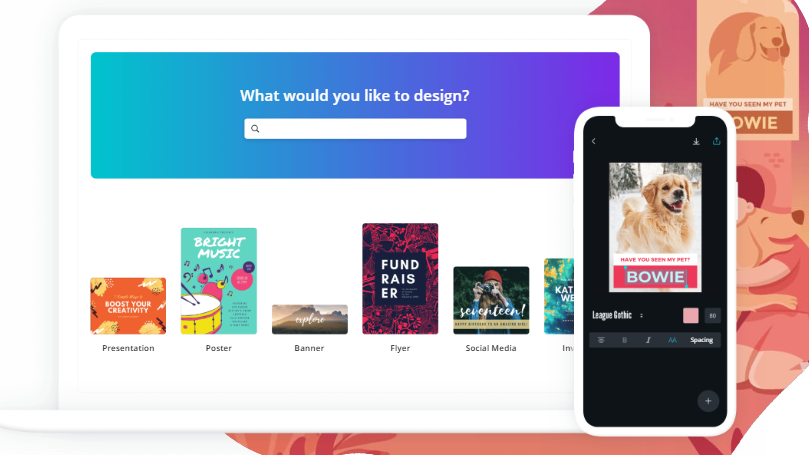Mass marketing has long been proven to be more expensive but less effective. Simply put, your products or services just cannot cater to everyone in the world. This is why defining a target market is crucial to the success of your business. Focusing your efforts to acquire and maintain profitable customers will generate more value for your business in the long run.
-
1Start with your existing customers
Start by looking at your existing customers.
- What is the profile of your current customers and why do you think they buy from you?
- What are their common characteristics and interests?
- Who among them gives you the most business?
It is highly likely that people out there who share the same profile and interests would also benefit from the product or service you are offering.
-
2Look at who are engaging with your brand online
Monitor your social activity and take a look at who are visiting your website and social media accounts.
The activity and traffic of your website can provide a good indicator of your target audience.
Tools such as Google Analytics can show you who is visiting your website.
Google displays information such as:
- gender
- age range
- bounce rates
- new users
- transactions
- sessions
- pages per session
- average session duration
The reports provided by Google are grouped according to your website visitors’ demographic information. This will help you identify who among the users on your website are the most valuable. This can help you narrow down and determine your target market for your business.
If you have a Facebook business page, make use of the Insights tab. Get to know the demographic of your most active users and the topics that they share in common. Facebook Insights provide you with everything you need to get to know your Facebook audience better.
-
3Look at your competition
The product or service you are offering is most likely already available in the market.
You may have one or more existing competitors that are already doing what you are trying to do.
Strategically position yourself in the market by conducting research on your competition. Try to figure out what works well for them and what aspects need improvement.
- Who are your competitors targeting?
- Who are their current customers?
Visit their website, follow their social media pages, or join their mailing lists to get to know them better.
You can then decide if you want to pursue the same target or you might even find a niche market that they are overlooking.
-
4Note similarities and group them into segments
After doing steps one to three, take note of the similarities and start grouping them into segments.
Your market segmentation can be classified through any of the following:
Geographic
Group your potential customers according to the city, state, region, or country where they live.
If you are in the business of selling farm, air conditioning, heating, or lawn equipment, geographic location is one of your major considerations. Climate, for example, is something you cannot control, differs locally, and influences your income stream in these lines of businesses.
Decide if you want your business to focus on a local level or at a national level if you want a broader target market.
Demographic
Classify potential customers according to their age, gender, religion, race, education level, occupation, income level, family size, and marital status.
Identify those characteristics of your demographic target market that could influence their ability, interest, and need to avail of your product or service.
Psychographic
If your business offers products or services that appeal on the customer’s attitudes, beliefs, and emotions, psychographic segmentation is a must for you.
Examples of psychographic variables that can influence your customer’s decision to purchase are: the desire for enhanced appearance, more money, and higher social status. A business who sells luxury bags and jewelries would want to appeal to a person’s desire for a higher perceived status.
Behavioristic
Business owners should determine why their customers purchase their products or services.
Some of these reasons for purchase could be: affordability, brand loyalty, and seasonality. Its is important to analyze and understand the buying patterns and habits of your customers.
Low-involvement (i.e. buying a candy or ice cream) products are bought because of affordability and the low risk it presents to consumers. These products are often bought without much research or consideration prior to purchase.
High-involvement products (i.e. cars, houses, furniture), on the other hand, are more expensive and pose a high risk to the buyer if he/she makes the wrong purchase decision. Buyer’s remorse is usually high for these products. That’s why customer’s behavior is usually to take their time, do some research, ask for recommendations, and make comparisons before arriving at a purchase decision.
-
5Deep dive into each segment
All the assumptions, data, and competitor research you have done can only get you so far.
You need to talk to actual customers to see if your assumptions are right.
Get to know your segments better by doing any of the following deep-dive methodologies:
Survey
Send out periodic surveys to your existing customer base. Ask them what they like most about your product or service, where they learned about you, why they chose to do business with you, and their overall satisfaction with your service or product.
Asking these questions will give you data on intent, sources of influence, the best features of your offer, channels that give you business, etc.
Focus groups and Interviews
Conduct one-on-one interviews and organize focus group discussions to test your assumptions. An ideal focus group should have around 10 to 12 participants.
If you want to target men between the ages of 30 and 45, an interview or focus group discussion will help you discover other similarities they may have.
For example, you may find out that all men who have been buying your product are all married and hold managerial positions in corporations.
-
6Create personas
After doing a deep-dive, your segments are now enriched with data.
You can now start creating customer personas.
If your general target market are:
- Women
- Age 20-30
- Single
- $20k-$35k annual salary
- Lives in the United States
Your customer persona should be more specific:
- 25 years old
- $28k annual salary
- Lives in Las Vegas
Customer personas allow you to focus on specific customers with unique needs. As a result, you can now describe each segment in detail as if you are talking about a real person you know so well.
It is also a best practice to give names to your personas. When strategizing, have someone in the room to wear the “persona hat” to keep your conversation guided and customer centric.
-
7Choose the segment/s you will sell to
After identifying a few possible segments within your target market, you must now decide whether it would be both feasible and profitable for you to pursue each segment, or choose one or two.
To make this decision, you must answer the following questions:
- Does my business have enough resources (money and manpower) to pursue several target markets? If resources are limited, you will get more ROI if you focus your marketing money to a single segment.
- Who are my competitors targeting? Is there a segment they aren’t catering to that I can take advantage of?
- Is this market new to my business? If this is the case, better focus on one segment first. Penetrating a new market will require more time, money, and energy from you and your team.











